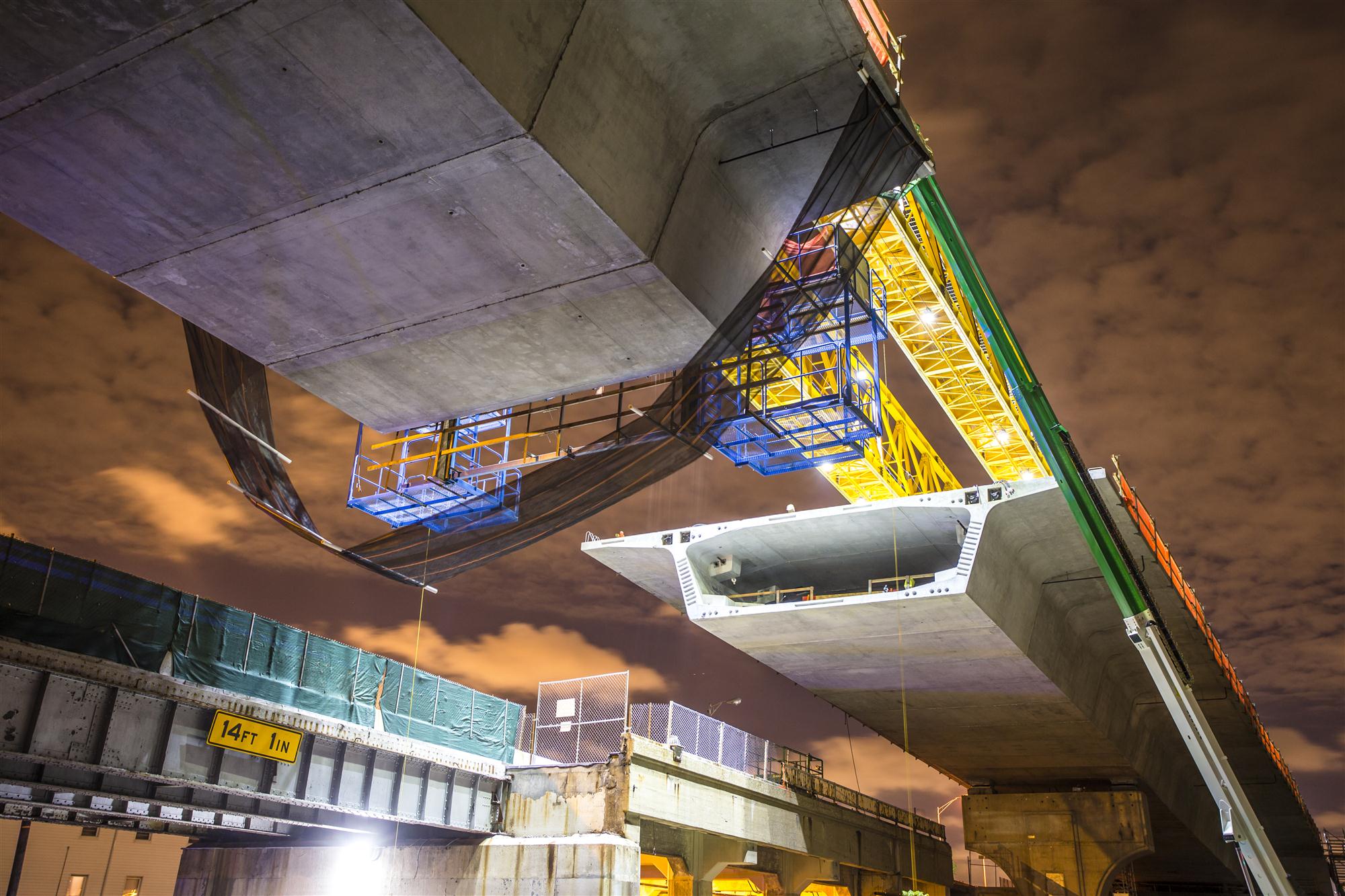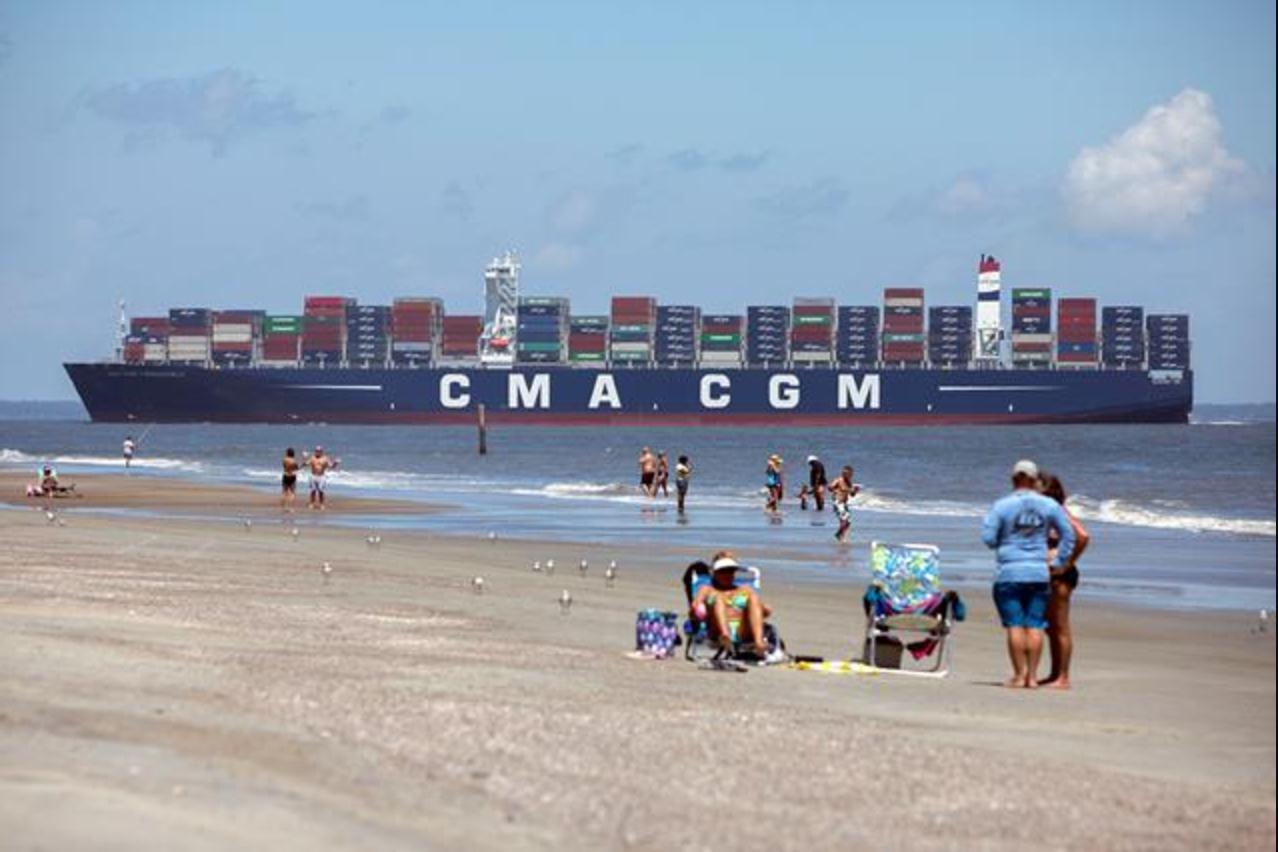With the Panama Canal open for larger vessels, ports on the US East Coast have been pouring millions of dollars into tweaking their infrastructure to get a larger slice of Asian traffic, from moving harbour cranes to raising a bridge so ultra-large container vessels (ULCVs) can reach some of the terminals.
Executives at the Port of Baltimore are looking to spend US$425 million on a project to heighten a rail tunnel so it can accommodate two-stack trains. At this point the tunnel allows only single-stack trains, which is a significant obstacle to the port’s plans to grab a bigger chunk of traffic to and from the US Midwest. By some estimates, this could boost the port’s container throughput moving on rail from 30,000 containers last year to more than 110,000 per annum.
Even without double-stack rail, Baltimore’s container volume was up 8% in the first quarter of this year. Overall throughput tonnage rose 5% in the period. Baltimore has been the leading gateway for auto traffic in the US, having handled more cars than any other US port in the past six years. Overall Baltimore was the fastest-growing port on the East Coast last year.

The Port of New York & New Jersey had to raise the Bayonne Bridge to allow access for ULCVs to three of four major container terminals. This project alone cost US$1.6 billion, part of a US$4.7 billion outlay for the port authority and the federal government on infrastructure projects, such as dredging and rail access.
Currently the port authority is studying plans to improve efficiency and make flows smoother to move rail cargo across the harbour either by barge or through a tunnel that can accommodate double-stack trains. There is no timeline for the project at this point, though. Another plan calls for extending on-dock rail to the one container terminal that currently does not have a dedicated rail facility.
More investment is in the pipeline. The port authority has allocated US$4 billion to manage projected growth and handle ULCVs.
Last year New York/New Jersey registered over 3.6 million containers coming through worth nearly US$200 billion in total. It handles about one-third of the container traffic on the Eastern Seaboard.
The Port of Jacksonville and the operator of its highly automated Asian terminal agreed earlier this year to move the facility downriver, although details remain to be announced. This is meant to dovetail with a harbour-deepening project to accommodate larger container vessels bringing in cargo from Asia.
The volume of Jacksonville’s imports from Asia has more than doubled over the past five years. Last year the port handled 162,645 TEUs altogether and opened a US$30 million intermodal transfer facility.
On September 1, the port of Savannah sprang into action to handle CMA CGA’s Theodore Roosevelt, at 14,411 TEUs the largest container ship to call at an East Coast port to date. Savannah, which boasts the largest single container facility in North America, deals with 22 vessels calls on trans-Pacific routes, second only to New York & New Jersey.

When it comes to poultry exports, of which a large portion is shipped to Asia, the port is in a league of its own, handling more than the next four US ports combined. This traffic is a major reason why the Georgia Port Authority port has positions for 3,200 reefer containers.
The Port of Charleston is served by 19 of the world’s top 20 container lines and handles 16 post-Panamax ships in a week, so getting ready for ULCVs was not a major challenge for the South Carolina Port Authority. The presence of trans-Pacific carriers has pushed the port’s share of international intermodal traffic up from 10.1% of intermodal rail lifts in 2010 to 15.5% last year.
To keep up with anticipated growth, the port authority has earmarked US$2 billion over the next 10 years, of which US$700 million will go towards the construction of a new container terminal. The facility, which is expected to come on stream in 2020, will raise Charleston’s container capacity by 50%. Last year it handled 162,645 TEUs. The authority expects to spend about US$225 million on a dual access intermodal rail head and US$200 million on a port access road.
By Ian Putzger
Correspondent | Toronto



